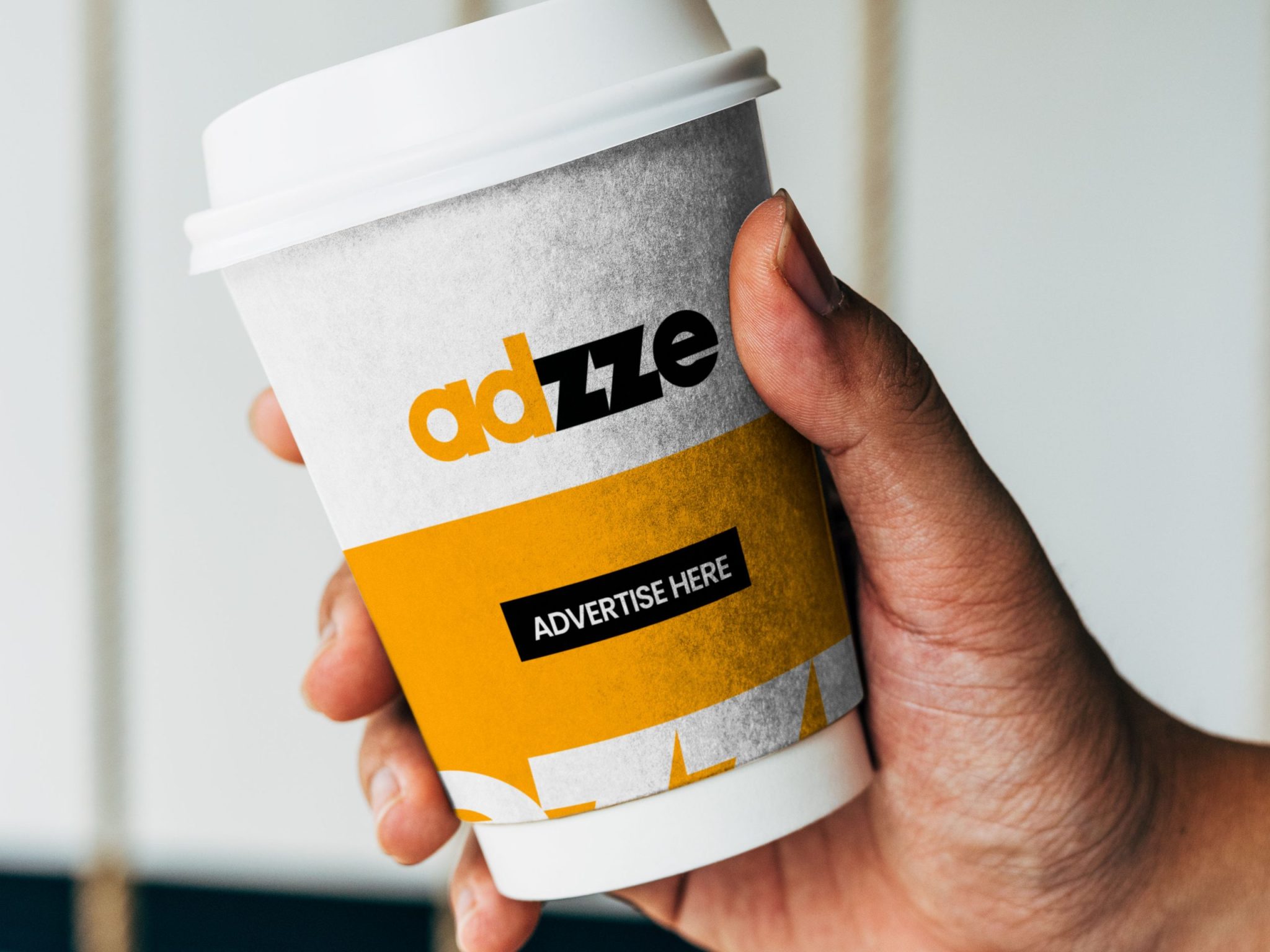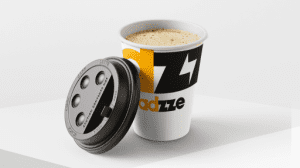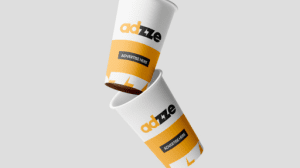In today’s oversaturated digital advertising landscape, brands must find innovative ways to engage consumers. Printed sleeves—whether on coffee cups, food packaging, or product containers—offer a unique tactile marketing opportunity that traditional digital ads lack. By incorporating texture, design, and branding on an item people physically interact with, marketers can enhance recall, emotional connection, and purchase intent.
This article explores the psychological impact of printed sleeves, how sensory engagement strengthens brand messaging, and why this seemingly simple advertising tactic has a profound influence on consumer behavior.
How Tactile Marketing Enhances Consumer Engagement
Tactile marketing, also known as sensory marketing, leverages touch to create stronger consumer connections. Unlike digital ads that rely solely on visuals, printed sleeves engage multiple senses, reinforcing brand messages in ways that drive both emotional and cognitive responses.
1. The Role of Sensory Perception in Marketing
Touch has been scientifically proven to increase emotional engagement with a product or brand.
Studies show that tactile interaction improves memory retention—when consumers physically engage with an item, they are more likely to remember the brand associated with it.
Printed sleeves create an experience beyond sight, allowing brands to communicate messages through material textures, embossed logos, and creative patterns.
2. The Psychology of Physical Interaction 
When consumers hold a branded sleeve—whether on a coffee cup, a smoothie bottle, or a takeout container—they experience unconscious brand reinforcement. The more frequently they touch and see the sleeve, the more familiar and trustworthy the brand becomes.
The Mere Exposure Effect: Repeated exposure to a brand increases consumer preference and trust.
Brand Association: A well-designed printed sleeve aligns with brand values (e.g., sustainable materials for eco-friendly brands, premium finishes for luxury brands).
Cognitive Fluency: Consumers prefer brands they can recognize quickly, and tactile familiarity through printed sleeves enhances this effect.
How Printed Sleeves Influence Purchase Decisions
Printed sleeves play a pivotal role in influencing purchasing behavior by creating emotional and practical connections.
1. Enhancing Brand Recall Through Touch
Studies show that physical interaction increases memory retention by up to 70% compared to digital-only advertising.
Holding a printed sleeve with a brand’s message for minutes—while drinking coffee or eating on the go—creates longer exposure than a fleeting social media ad.
Textured or embossed finishes enhance recall even further by creating a multi-sensory brand experience.
2. Strengthening Emotional Connections
Emotions play a major role in decision-making. When consumers have a positive tactile experience with a brand’s printed sleeve, they subconsciously associate that brand with positive emotions.
A soft-touch matte finish may convey a premium feel, making consumers perceive the brand as high-end.
A recycled, eco-friendly sleeve reinforces sustainability, which resonates with environmentally conscious consumers.
Personalized or limited-edition designs create exclusivity, making consumers feel special.
3. Encouraging Impulse Purchases and Repeat Business
Printed sleeves are highly visible in social settings, increasing the likelihood of peer influence and word-of-mouth marketing.
QR codes or AR-enabled sleeves can redirect customers to promotions, loyalty programs, or online stores, bridging physical and digital marketing strategies.
When brands regularly update sleeve designs with seasonal themes or collaborations, they create a collectible effect, encouraging repeat visits.
Best Practices for Effective Printed Sleeves in Marketing
To maximize the impact of printed sleeves, brands must consider design, material, and strategic placement. Here are the best practices for ensuring printed sleeve campaigns effectively influence consumer behavior:
1. Prioritize High-Quality Materials and Finishes
The material and texture of printed sleeves affect consumer perception. Brands should consider:
Soft-touch coatings for a luxurious feel
Embossing or raised textures to enhance engagement
Sustainable, recyclable materials to align with eco-conscious consumers
2. Create Engaging, Visually Appealing Designs
Use bold colors and high-contrast text to ensure legibility.
Keep branding subtle but recognizable—avoid overwhelming consumers with too much information.
Incorporate storytelling elements, such as limited-time campaigns or collaborations with artists, to increase intrigue.
3. Leverage Interactive Elements
Modern printed sleeves can go beyond static branding by integrating interactive experiences:
QR codes linking to discounts, special content, or social media pages
Augmented Reality (AR) experiences, where scanning the sleeve unlocks immersive videos or games
Scratch-off or peelable promotions, adding an element of surprise and engagement
4. Align the Sleeve with Brand Identity and Values
Luxury brands should use sleek, minimalist designs with high-quality finishes.
Eco-friendly brands should use biodegradable sleeves with messages about sustainability.
Fast-food or beverage brands can use fun, colorful designs that encourage user-generated content (e.g., consumers posting branded sleeves on social media).








